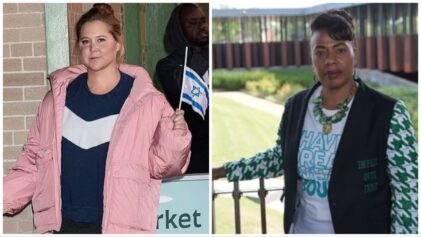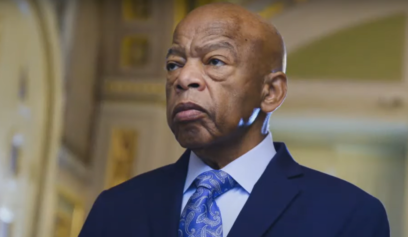When we think of the Black Power and civil rights movements of the 1950s/1960s/1970s, we usually think of figures like Martin Luther King and Angela Davis, and organizations like the Black Panther Party and the NAACP. But, there were other organizations that played a pivotal role in the movement. Groups like the Revolutionary Action Movement, The Congress of Afrikan People, The African Liberation Support Committee and the Black Women’s Alliance paved the way for other Black liberation organizations we are more familiar with. These organizations are not normally spoken about outside of historical or academic texts, but their histories show us the varied ways in which Black people fought for liberation.
RAM, or the Revolutionary Action Movement, was a radical Black nationalist organization founded by several student activists in Ohio. They saw the mainstream civil rights organizations as capitalists and too willing to compromise with the system. They also saw other Black nationalist organizations as too capitalistic and decided to take a socialist-oriented view of Black self-determination. RAM took a militant stance against oppression by emphasizing direct action, armed self defense and self-determination for the Black nation. They established gun clubs throughout Black communities, fought for Black history to be taught in colleges and opposed police brutality in the community. Their vision of change was international as they embraced revolutions from around the world and saw themselves as being apart of a world revolution of the oppressed against the oppressors. The anti-colonial African revolutions as well as the Cuban and Chinese revolutions influenced RAM as well as provided a framework of liberation outside of Europe and the USSR. RAM was able to articulate a radical socialist vision that included not only class but systemic racism while staying true to Black nationalist politics.
While taking on many important task and leadership roles within the Black liberation movement, Black women weren’t always recognized nor appreciated for their work in both Black power and civil rights movements of the 1960s. Many women began to form their own organizations, including the Black Women’s Alliance, to struggle against sexism and patriarchy in the movement as well as the larger society. These organizations not only recognized race and class as important areas of struggle but saw gender as an important and unrecognized component in Black liberation. The white feminist movement had often been paternalistic and racist towards Black women, while the Black power/civil rights movements had been sexist. BWA started as a Black women’s liberation committee within the Student Nonviolent Coordinating Committee (SNCC). They later expanded their membership outside of SNCC. The BWA criticized the way many Black nationalists would oppose racist middle-class norms that white society placed upon men only to expect Black women to fulfill sexist roles and standards in the movement and in the larger Black community. The organization would later become the Third World Women’s Alliance joining up with Puerto Rican and Asian activists.
Putting Pan-Africanism into practice, the African Liberation Support Committee raised funds and donations from all over the United States to give to revolutionary movements in Africa. They organized African Liberation Day rallies all over the country, with over 100,000 people attending throughout the 1970s. The organization also raised questions of U.S. support for apartheid and the U.S. opposition to African liberation movements. They connected the struggle of Black people here in America with the struggle of Black people in Africa through their mobilizations and material support. Cedric Johnson wrote “ALSC began as a genuinely mass-based organization that drew together radical intellectuals, welfare recipients, domestics, artists, industrial workers, service workers, politicians, students, professionals and civil rights activists of various political persuasions.” The ALSC is an example of what Black people can do with unity and a mission.
The Congress of African People (CAP) had its beginnings in the cultural nationalist movement of the 1960s. They advocated a Black united front where various Black organizations with wide-ranging philosophies would come together and unify for the greater cause of Black liberation. They embraced the idea of “Kawaida” a philosophy created by Maulana Karenga based on the swahili word meaning tradition. This cultural nationalist theory, commonly expressed through the Kwanzaa holiday is a synthesis of nationalist, pan-Africanist, and socialist ideologies. CAP helped build the National Black Political Convention, which featured Black activists and politicians from all over the ideological spectrum. The group would later adopt Pan-African conceptions of socialism and then finally became a Maoist-oriented group. Despite the change from Black nationalism to Maoism, their analysis of how Black culture is a part of Black liberation stuck with them.
Mainstream media often attempts to hijack Black leaders and organizations or strip them of their essence. Even the far right uses Martin Luther King as a talking point to discredit #BlackLivesMatter or any movement seeking social justice. The Black Panther Party is seen as the “reverse KKK” by those on the far right but also often only seen as gun-wielding militants on the left. Other organizations are completely left out of the narrative. It is important to understand where we’ve been to know where we are going or should go. These organizations, like many others, have a history that one can tap into for perspective for historians, guidance for activists and a lesson to learn from.



